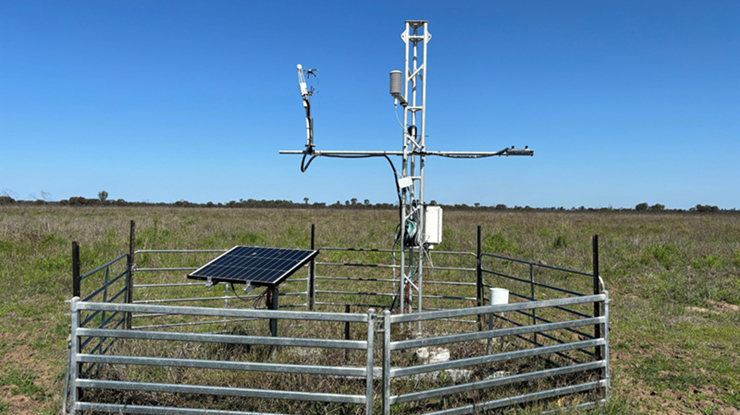 An example of a flux tower which Agrimix provides during soil carbon measurement.
An example of a flux tower which Agrimix provides during soil carbon measurement.
Boost productivity and explore new revenue streams
Time controlled grazing and measuring soil carbon are both on the agenda for the upcoming free sustainability webinar series running throughout September.
The webinars will explore results from emerging research, investigating how producers can maintain productivity while seeing co-benefits through improved sustainability and potential new revenue streams.
Led by the people leading the research, red meat producers are invited to learn more about how these projects could fit into their operation.
Time controlled grazing – Professor David Rowlings, Program of Sustainable Agriculture, Queensland University of Technology
7:30pm, Wednesday 10 September 2025 (online)
Time-controlled grazing (TCG) is touted as a grazing management practice to improve soil health, pasture productivity and livestock performance, but in Australia, adoption has been low due to limited data around its effectiveness and labour intensity.
Recent research into the practice examined the effects of TCG at the farm scale, accounting for human dimensions such as producer decision making and ecosystem services such as biodiversity and carbon storage.
The study reviewed farms where TCG had been implemented for at least 10 years and compared those results with conventional grazing management.
Professor David Rowlings will present research findings, comparing impacts on soil carbon, soil nitrogen and groundcover of TCG with conventional grazing.
Modeling soil carbon in grazing lands with Agrimix – Zac Geldof, Technical Manager, Agrimix
7:30pm, Wednesday 17 September 2025 (online)
In northern Australia, a combination of factors – degraded soils, under-utilised carbon value, and rising sustainability demands – has led to an untapped opportunity for producers: measuring soil carbon for productivity and profitability.
Over four years, research led by Agrimix investigated how soil carbon could be quantified both with greater accuracy and cost efficiency.
The result combined technology with a new modelling method, trialed in sites from the Gulf of Carpenteria down to Coonabarabran in NSW.
“We’ve incorporated flux towers (which Agrimix provide), which measure carbon dioxide fluxes in the atmosphere, and combine those with a process model to quantify soil carbon,” Zac said.
“Measuring and verifying soil carbon is becoming increasingly important, particularly around producing Australian Carbon Credit Units (ACCUs) to monetise carbon.
“Increasing soil carbon is also an indicator of your soil health, so there are lots of co-benefits around decision-making and improving pastures,” he said.
The webinar will focus on the new technology, and how producers engaged in the project are using the data.



